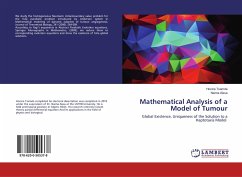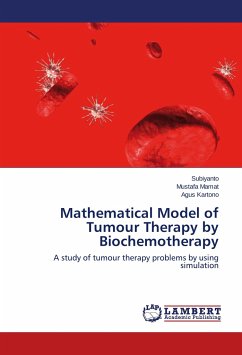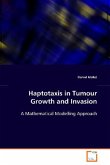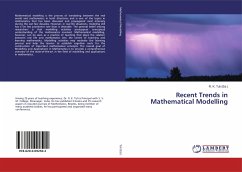While major advances have been made in the area of cancer research over the last few decades, certain aspects of the avascular tumour growth processes remain poorly understood. The mathematical model discussed in this monograph therefore provides a more biologically realistic description of avascular tumour growth by taking into account stochastic cellular and extracellular tumour growth processes. The discussion is presented in two distinct parts the first comprises the construction of a model for avascular tumour growth with random variation, while the second consists of refining the approach to develop a stochastically perturbed avascular tumour model. A numerical solution method was also developed to solve the model with stochastic perturbation, producing a reasonable set of solution results. The model results has shown a reasonably good fit for published experimental data. Convergence analysis of the model solution was also investigated. Mathematical modelling has helped develop a more reasonable approximation to the biological model, and should be especially useful to graduate students and researchers in Mathematics and Biological fields.








